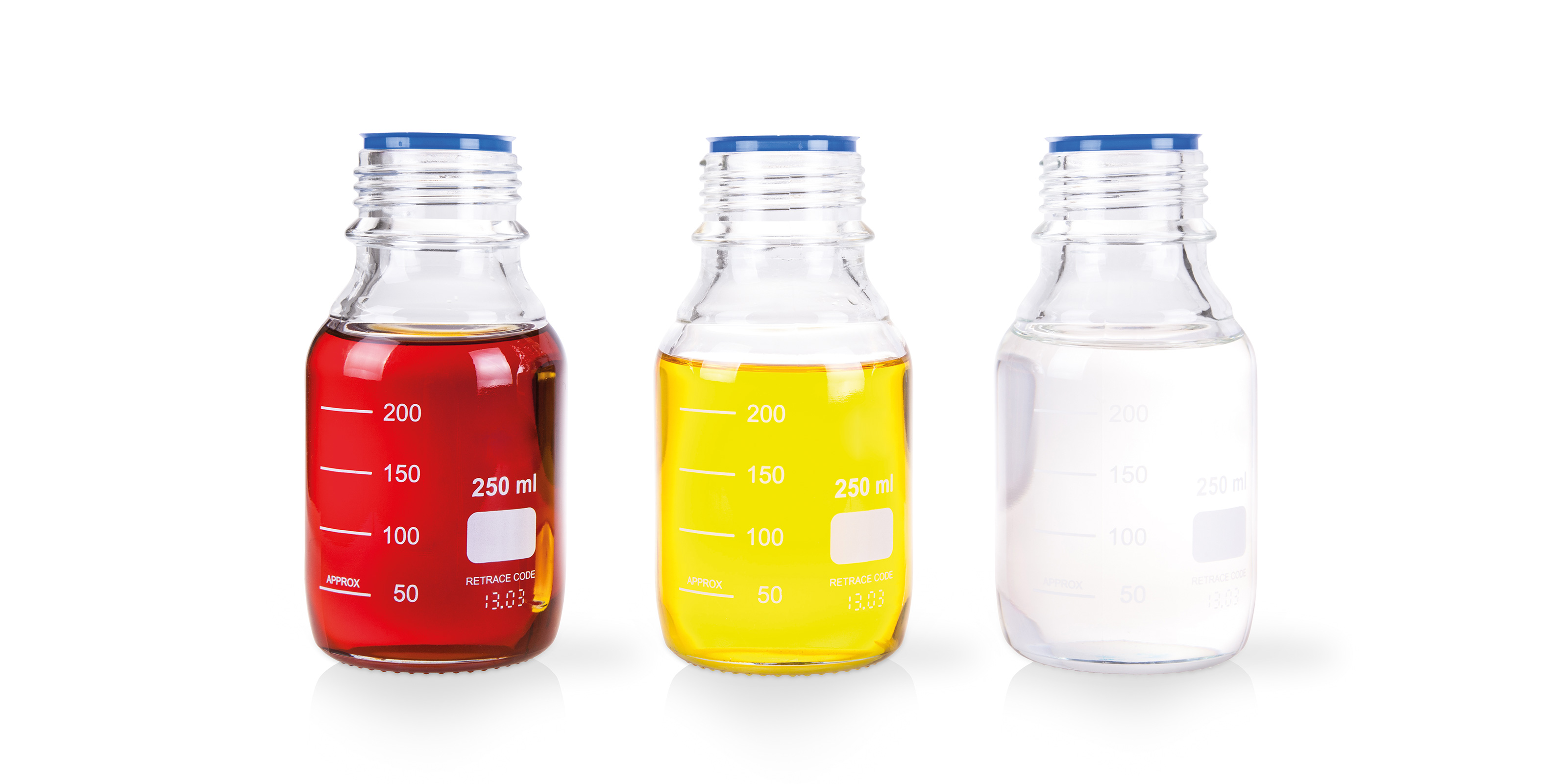Exactly How Regenerated Transformer Oil Expands Transformer Life Expectancy
The duty of transformer oil is important in guaranteeing the dependability and durability of transformers, serving as both an insulator and coolant. Regenerated transformer oil provides an engaging option to enhance these features by properly eliminating unsafe impurities that endanger performance. With a meticulous regrowth process, the oil's dielectric homes and thermal security can be brought back, causing considerable improvements in operational efficiency. Understanding the ins and outs of this process and its more comprehensive ramifications for transformer maintenance discloses a pathway to not only prolong life expectancy yet additionally optimize prices in energy management systems.
Value of Transformer Oil
Transformer oil plays a critical function in the reliable operation of electric transformers. It mainly offers as a shielding medium, guaranteeing and protecting against electrical discharges that components run safely under high voltage problems. The oil's dielectric residential or commercial properties are essential to keeping the honesty of the transformer, as they minimize the danger of failures that might result in disastrous cases or costly downtimes.
In addition to its shielding capabilities, transformer oil also operates as a coolant. As transformers run, they generate warm that must be dissipated to stop getting too hot and succeeding damage. The oil distributes within the transformer, transferring and taking in warm away from essential elements, therefore maintaining optimal operating temperature levels.
Moreover, transformer oil works as an obstacle against dampness and impurities, which can compromise the efficiency and long life of the transformer. Its chemical properties assist in counteracting acids and various other results that might form in time, adding to the total wellness of the electrical system.
Advantages of Regenerated Oil

Additionally, regenerated transformer oil has a reduced level of pollutants, consisting of bits and contaminants that can degrade efficiency. This pureness not only improves the oil's thermal conductivity but also expands the operational life expectancy of transformers by reducing overheating threats. The improved thermal stability of regenerated oil ensures constant efficiency even under high operating temperature levels, which is crucial for keeping transformer efficiency.
An additional advantage is its ecological impact. Regrowed oil promotes sustainability by minimizing waste and the demand for new oil manufacturing, thereby reducing the carbon footprint connected with transformer upkeep. Reclaimed Transformer Oil. In addition, the durability of regrowed oil translates to lower upkeep prices in time, as less oil changes and less frequent devices downtime are needed.
Process of Oil Regeneration
The regrowth of transformer oil includes an organized procedure developed to restore the oil's initial residential or commercial properties and boost its performance. This process usually begins with the removal of the used oil from the transformer, which is after that subjected to different filtration methods.
The primary step in the regeneration procedure is the purification, where solid contaminants such as sludge, dust, and metal bits are gotten rid of. This is commonly followed by vacuum cleaner purification, which assists to get rid of dampness and unstable substances, thereby boosting the oil's dielectric strength.

Effect On Transformer Efficiency
Recovering the buildings of regenerated transformer oil substantially influences the general performance of transformers. Improved dielectric stamina is among one of the most important advantages, as it enables far better insulation and decreases the possibility of electric malfunction. This enhancement leads to a more steady operation under high voltage problems, ultimately causing increased effectiveness.
Furthermore, the elimination of pollutants and deterioration products during the regeneration process lessens the threat of getting too hot. Cleaner oil assists in blog here far better warm dissipation, which is important for preserving optimum operating temperatures. Therefore, the thermal performance of the transformer is enhanced, enabling higher lots without endangering reliability.
Furthermore, the chemical stability of regenerated oil makes certain long term functional life. It resists oxidation and deterioration, reducing the frequency of upkeep treatments and oil replacement. This security not only adds to improved performance but also aligns with sustainability goals by decreasing waste.
Future of Transformer Upkeep
As advancements in innovation proceed to improve the landscape of electric engineering, the future of transformer maintenance is positioned for substantial makeover. The combination of clever modern technologies, such as IoT sensors and anticipating analytics, enables real-time surveillance of transformer wellness, improving the capacity to preemptively attend to problems prior to they rise into major failings. This aggressive technique not only maximizes functional effectiveness but also extends the life-span of transformers.
In addition, the application of artificial knowledge (AI) in data analysis enables even more exact fault discovery and medical diagnosis. By leveraging device learning algorithms, maintenance groups can determine patterns in operational data that human analysts may overlook, leading to even more educated decision-making.
In addition, the fostering of green practices, including the usage of regenerated transformer oil, is set to redefine maintenance methods. This lasting strategy not just decreases environmental impact however also boosts the overall More hints health and wellness of the transformer.
Last but not least, the shift in the direction of automation in upkeep procedures is expected to simplify procedures, reduce downtime, and reduced costs. As these developments remain to evolve, the future of transformer upkeep will certainly come to be more efficient, reputable, and sustainable, making certain the integrity of important electrical facilities.
Final Thought
The usage of regenerated transformer oil significantly enhances the operational durability of transformers. Ultimately, the fostering of regrowed oil represents a pivotal advancement in transformer upkeep, making sure optimum efficiency and sustainability in the administration Continue of electric framework.
The duty of transformer oil is crucial in ensuring the reliability and longevity of transformers, offering as both an insulator and coolant.Transformer oil plays an essential function in the efficient operation of electrical transformers. Restored oil promotes sustainability by lowering waste and the requirement for new oil production, thereby lowering the carbon impact linked with transformer maintenance.Bring back the buildings of regenerated transformer oil dramatically influences the total efficiency of transformers.The application of regenerated transformer oil considerably improves the operational longevity of transformers.